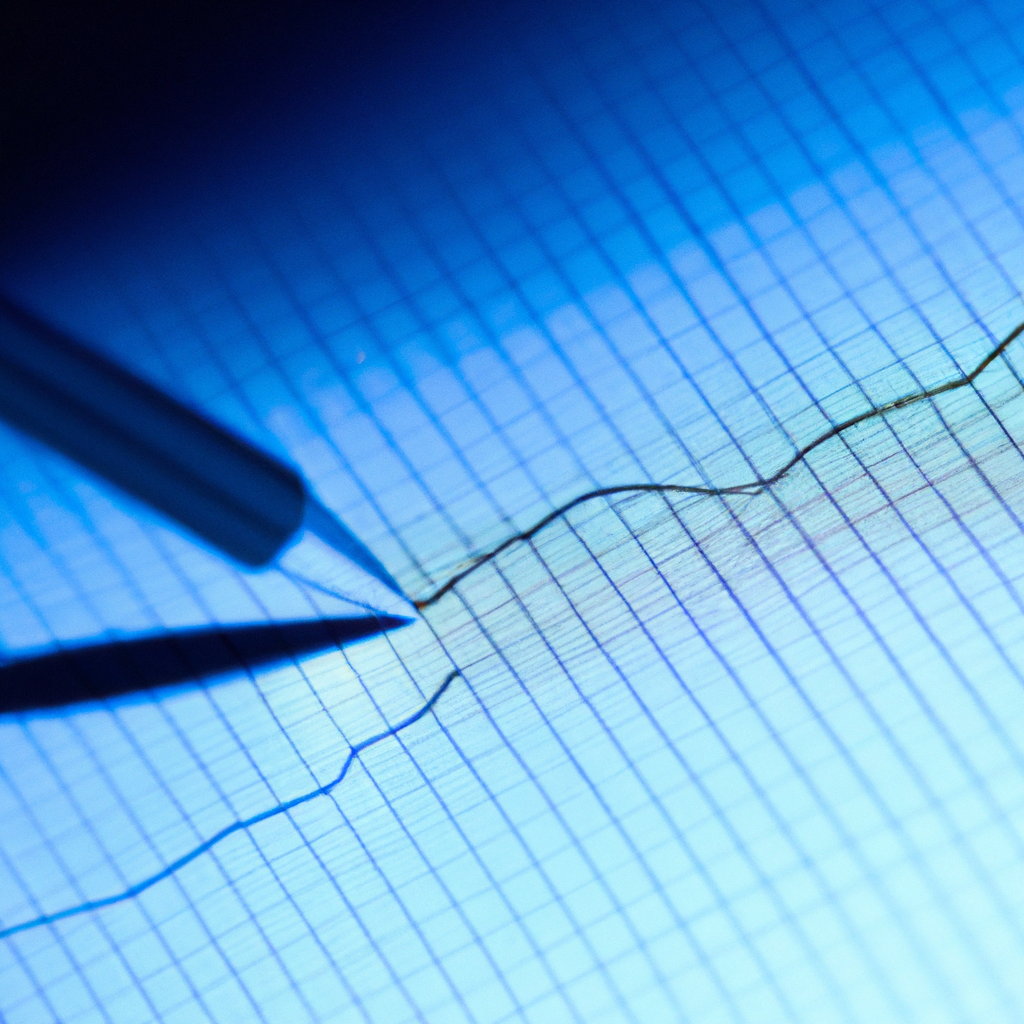Statistical Measures in Technical Analysis
Technical analysis is a method used by traders and investors to analyze historical price data in order to predict future price movements. Statistical measures play a crucial role in technical analysis, as they help traders identify trends, patterns, and potential opportunities in the market. In this article, we will discuss some of the key statistical measures used in technical analysis.
1. Moving Averages
Moving averages are one of the most widely used statistical measures in technical analysis. They help traders smooth out price data to identify trends over a certain period of time. There are different types of moving averages, such as simple moving averages (SMA) and exponential moving averages (EMA). Traders often use moving averages to identify support and resistance levels, as well as to generate buy and sell signals.
2. Relative Strength Index (RSI)
The Relative Strength Index (RSI) is a momentum oscillator that measures the speed and change of price movements. It ranges from 0 to 100 and is typically used to identify overbought or oversold conditions in the market. Traders often use the RSI to confirm the strength of a trend and to generate buy or sell signals.
3. Bollinger Bands
Bollinger Bands are a volatility indicator that consists of a simple moving average and two standard deviations above and below the moving average. The bands expand and contract based on market volatility, providing traders with a visual representation of price volatility. Traders often use Bollinger Bands to identify overbought or oversold conditions and to determine potential price reversals.
4. Fibonacci Retracement Levels
Fibonacci retracement levels are based on the mathematical sequence discovered by Leonardo Fibonacci. Traders use Fibonacci retracement levels to identify potential support and resistance levels in the market. The most commonly used Fibonacci retracement levels are 23.6%, 38.2%, 50%, 61.8%, and 100%. Traders often use these levels to determine potential entry and exit points for their trades.
5. Volume Analysis
Volume analysis is another important statistical measure in technical analysis. Volume represents the number of shares or contracts traded in a security over a certain period of time. Traders often use volume analysis to confirm the strength of a trend and to identify potential price reversals. High volume typically indicates strong market participation, while low volume may signal a lack of interest in the market.
Overall, statistical measures play a crucial role in technical analysis by providing traders with valuable insights into market trends, patterns, and potential opportunities. By using these statistical measures effectively, traders can make informed decisions and improve their trading performance.










